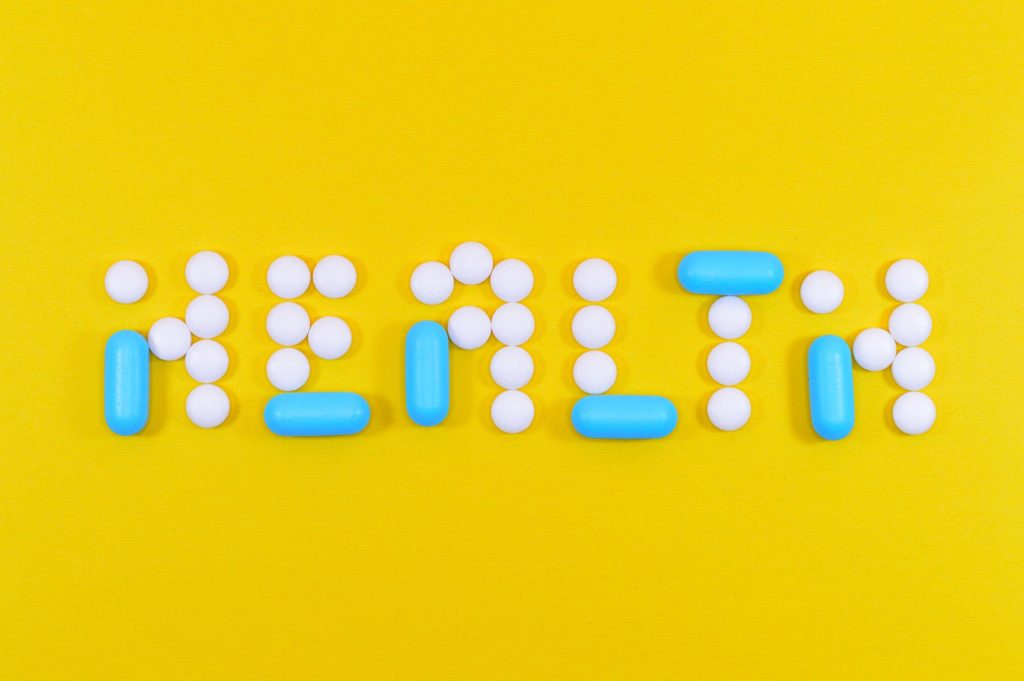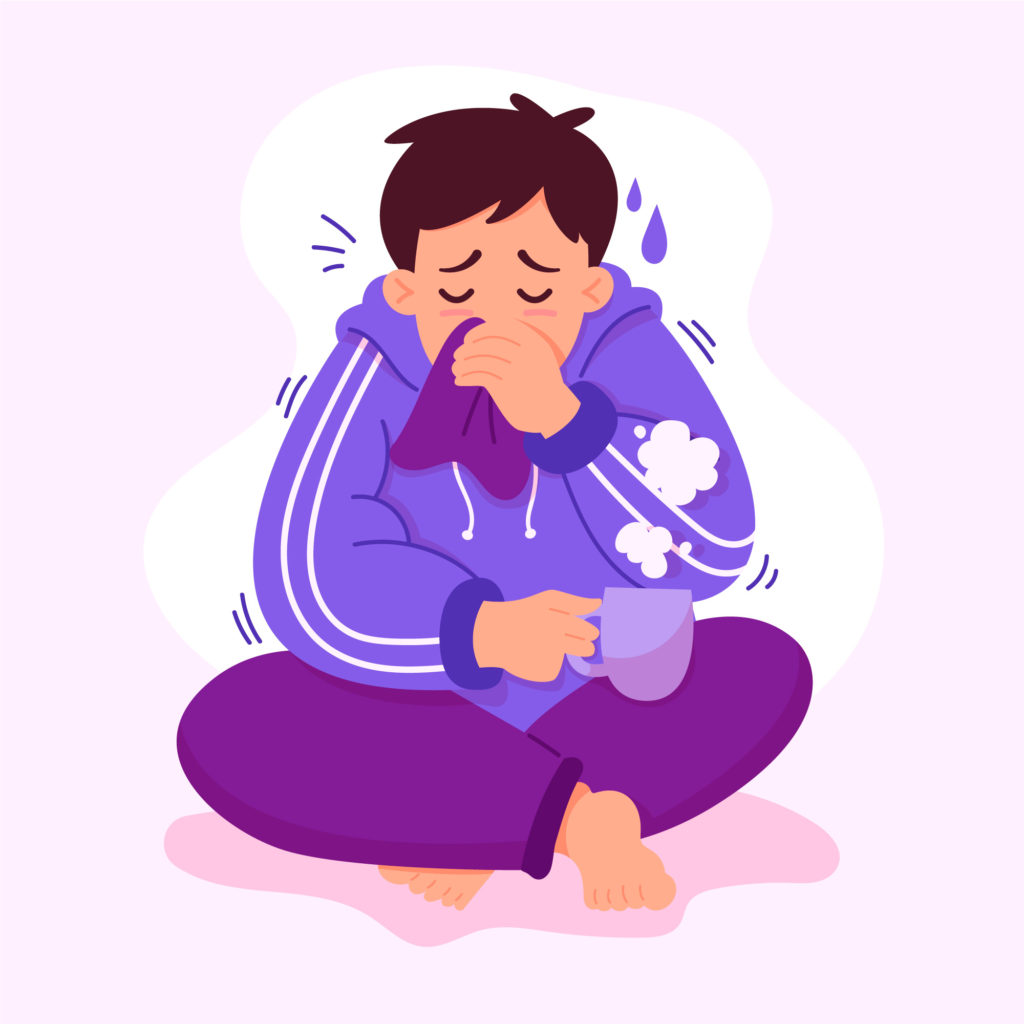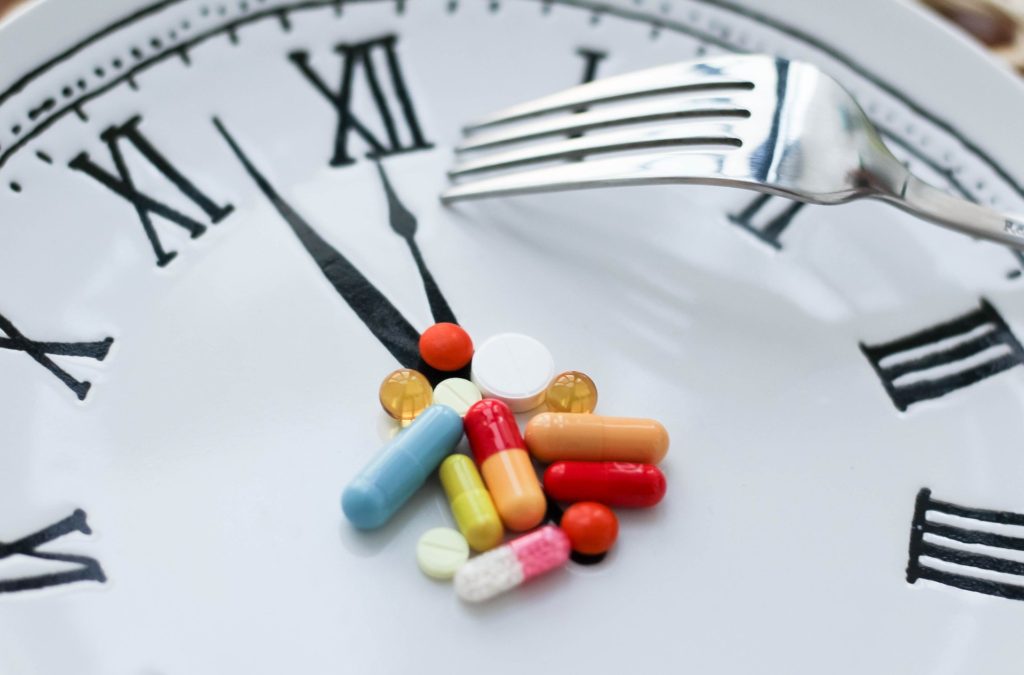The world has seen so much! New diseases come, a new vaccine is discovered and the disease gets eradicated, the chain follows. But, what happens if the bacteria starts growing resistant to these life-saving vaccines?
Well, that’s what has been happening for many years now, since people have been misusing antibiotics!
So, how much is too much?
Top 5 Listicle has invited Miss ‘Rukaiya‘, a Pharmacist and a health blogger on Youtube to spread the much-needed awareness about A-Z of Antibiotics that everybody needs to know!
Let us start with the basics first.
Table of Contents
What are Antibiotics?

Antibiotics are powerful medicines that fight certain infections and save lives when used properly. They either stop bacteria from reproducing or destroy them.
The term antibiotic in Greek means-‘opposing life’.
In the 1920s, about 30% of people died from bacterial infections. After antibiotics were discovered, previously fatal bacterial infections could be cured thereby increasing life expectancy.
The first antibiotic was Penicillin. Penicillin based antibiotics like Amoxycillin, and penicillin IG are still in use to treat a variety of bacterial infections.
Many types of antibiotics are available, and they can be bought by prescription in most countries. Topical antibiotics like drops, creams, or ointments are available over the counter.
How do Antibiotics work?
Antibiotics fight bacterial infections by either killing bacteria or slowing and suspending its growth.Some antibiotics like Penicillin kills the bacteria and others stop the bacteria from multiplying. Either way, antibiotics work by following the two steps below:
- First, antibiotics attack the wall or coating surrounding bacteria reproduction
- Next, they block the protein production in bacteria
Antibiotics do not work on the infections below:

- Common cold, flu
- Most coughs
- Viral infections
- Some Bronchitis infection
- Sore throats
- Stomach flu
Know whether an infection is viral or bacterial to treat it effectively. A doctor can prescribe broad-spectrum antibiotic or narrow-spectrum antibiotic to treat a variety of bacterial infections.
Broad-Spectrum Antibiotic
These are antibiotics that act against a wide range of disease-causing bacteria. Few examples of Broad-Spectrum Antibiotics:
- Ampicillin
- Amoxicillin/clavulanic acid(Augmentin)
- Quinolones(eg. Ciprofloxacin)
Narrow-Spectrum Antibiotic
These are antibiotics that kill only those bacteria species that are causing disease. As such, it leaves the beneficial bacteria unaffected. Few examples of Narrow-Spectrum Antibiotic are :
- Older Penicillin (penG)
- Macrolides
- Vancomycin
Watch on Youtube!
Side effects of Antibiotics
1. Stomach Problems

Many people suffer from an upset stomach when taking antibiotics. Stomach problems like Nausea, Vomiting, Diarrhea are common concerns. Long term antibiotics use can lead to, a severe infection that causes Colitis or Inflammation in your colon.
2. Thrush Infection
Antibiotics can cause yeast infections in some people. This occurs when something upsets the delicate balance of bacteria and yeast in the vagina. Broad-spectrum antibiotics do not just kill bacteria that have caused the infection, but they also kill the beneficial bacteria(Lactobacillus). Without enough Lactobacillus, your vagina becomes less acidic, making it an ideal environment for yeast.
3. Allergic Reactions like Breathing Problems and Hives fever

This is a harmful reaction to antibiotics. The reaction can start soon after you take them or days or weeks after you stop.
Your immune system may become sensitive to the antibiotic the first time you take it. Even if you don’t have an allergic reaction the first time, you may have an allergic reaction the next time.
Hives, itching, and rashes have sometimes been reported by taking Penicillin. Other antibiotics similar to Penicillin, also can result in allergic reactions.
4. Drug Interactions
Antibiotics can sometimes interact with other medicines or substances. This means it can have on effect that is different to what you expected.
Some antibiotics need to be taken on an empty stomach, so please follow this properly.
5. Teeth-Staining

People who take Tetracycline antibiotic develop stains on their teeth enamel. This staining is irreversible in adults because their teeth do not regrow or change.
6. Heart problems
In rare cases, certain antibiotics can cause heart problems such as an irregular heartbeat or low blood pressure.
The antibiotics most often linked with these side effects are erythromycin and some Fluoroquinolones such as Ciprofloxacin. The anti-fungal Terbinafine can also cause this problem.
What is the best way to take Antibiotics?

1. Take Antibiotics At The Right Time
Take your antibiotics at the right time, and for as long as directed. Timing is critical when it comes to antibiotics. That’s because a certain amount of antibiotics need to be inside your body for a certain length of time to get rid of the bacteria that are making you sick.
2. Don’t Take More Than The Dose Your Doctor Has Prescribed.
When using more than required it leads to resistance. Then, antibiotics might stop working after some point.
3. Don’t Keep Unused Antibiotics For Another Time
When you don’t complete your full course of prescribed antibiotics and leave it for the next time, super-powerful bacteria arise which grow resistant to the antibiotics. Then, the antibiotics may no longer work on your body!
4. Don’t Share Antibiotics With Others
They may have a different infection which may lead to antibiotic resistance.
5. Should You Repeat Antibiotics Course?
If required by your doctor, you can repeat an antibiotic course immediately for some infections. A double course of antibiotics is not a good idea unless you absolutely require it.
What is Antibiotics Resistance?

healthcare protection shield destroying corona virus concept
Antibiotic resistance happens when bacteria change to protect themselves from bacteria. Some bacteria give their antibiotic resistance to other bacteria causing more problems. There are lots of germs and few are resistant to antibiotics.
When antibiotics kill bacteria causing illness, they also kill good bacteria protecting the body from infection. The antibiotic-resistant bacteria grow and take over.
How Can You Prevent Antibiotics Resistance ?
- Only use antibiotics when prescribed by a certified health professional.
- Never demand antibiotics if your health worker says you don’t need them.
- Always follow your doctor’s advice when using antibiotics.
- Never share or use leftover antibiotics
Most Common Types Of Antibiotics
1. Amoxicillin
Amoxicillin is a penicillin antibiotic that fights bacteria.
It is used to treat many different types of infections caused by bacteria, such as tonsillitis, bronchitis, pneumonia, and infections of the ear, nose, throat, skin, or urinary tract.
2. Doxycycline
Doxycycline is a tetracycline antibiotic that fights bacteria in the body.
It is used to treat many different bacterial infections, such as acne, urinary tract infections, intestinal infections, respiratory infections, eye infections, gonorrhea, chlamydia, syphilis, periodontitis (gum disease), and others.
It is also used to treat blemishes, bumps, and acne-like lesions caused by Rosacea. It will not treat facial redness caused by Rosacea.
3. Cephalexin
Cephalexin is a Cephalosporin antibiotic. It works by fighting bacteria in your body.
It is used to treat infections caused by bacteria, including upper respiratory infections, ear infections, skin infections, urinary tract infections, and bone infections.
4. Ciprofloxacin
Ciprofloxacin is a fluoroquinolone antibiotic that fights bacteria in the body. It is used to treat different types of bacterial infections, including skin infections, bone and joint infections, respiratory or sinus infections, urinary tract infections, and certain types of diarrhea. It is also used to treat gonorrhea.
It is also used to treat people who have been exposed to anthrax or certain types of plague.
It should be used only for infections that cannot be treated with a safer antibiotic.
5. Clindamycin
Clindamycin is an antibiotic that fights bacteria in the body.
It is used to treat serious infections caused by bacteria. This antibiotic is used to treat bone or joint infections, pelvic inflammatory disease, strep throat, pneumonia, middle ear infections, and endocarditis.
6. Metronidazole
Metronidazole is an antibiotic that fights a variety of bacteria. It works by stopping the growth of certain bacteria and parasites.
It is used to treat bacterial infections of the vagina, stomach or intestines, liver, skin, joints, brain, heart, and respiratory tract.
It will not treat a vaginal yeast infection.
7. Azithromycin
Azithromycin is an antibiotic that fights bacteria. It works by stopping the growth of bacteria.
It is used to treat many different types of infections caused by bacteria, such as respiratory infections, skin infections, ear infections, eye infections, and sexually transmitted diseases.
It does not work on viral infections like common cold, Flu.
Recommended Articles
5 Best Ashwagandha Supplement Brands – 2020







So much to know about antibiotics.
This is very informative. Thanks
Learnt so mnay things…very good explanation…love ur post
This is an unique topic recently read. Thank you for writing this blog. Keep it up.
Tell me about it. Once I was appalled to see a pharmacist giving antibiotics to someone who narrated the symptoms
Very informative. Thank you for sharing!!
Very informative post.. about medicines
Super useful information – what a hot topic at the moment. Thank you for sharing
I do not even know how I ended up here, but I thoughtthis post was great. I don’t know who you are but definitely you aregoing to a famous blogger if you are not already Cheers!
Thanks for this informative article. Got to know enough about antibiotics and its effects on our body. Will love to read more such contents
Very well written ! Learnt few new things actually this is a must read fir everyone out this after what’s going on in the world
Very detailed article on antibiotics! So much learnt from this one. From what is antibiotics to type of antibiotics… This is really informative post. Thanks for this.
I was not aware about this, your article explaining in details. This post deserve to be shared as much as possible. Unique information
A very detailed and informative article. And you have provided a very good information about the antibiotics. And one should always consult their doctor to avoid misusing them. As any good thing can turn out to be bad if one is not aware about it.
Very detailed information on antibiotics! Antibiotics are best medicines used to prevent and treat bacterial infections. Great thoughts.
This is very informative article. This is so helpful for us to understand about antibiotics. How it works and everything. I’m sharing this with my friends.
Such a well-informed article; however I think we should avoid the consumption of antibiotics because of the harmful after-effect!
Detailed information about antibiotics very informative thnx for sharing. I heard in some countries antibiotics are banned for kids.